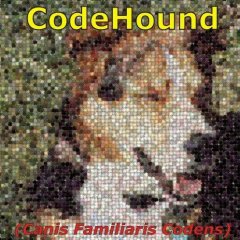DllStructPrint example
-
Recently Browsing 0 members
- No registered users viewing this page.
-
Similar Content
-
- 7 replies
- 2,054 views
-
- 8 replies
- 1,949 views
-
How to create a struct that one of its elements is an array of structs?
By tukangusil7,
- dllstructcreate
- regqueryvalueex
- (and 1 more)
- 1 reply
- 1,650 views
-
- 6 replies
- 4,141 views
-
- 11 replies
- 2,984 views
-




Recommended Posts
Create an account or sign in to comment
You need to be a member in order to leave a comment
Create an account
Sign up for a new account in our community. It's easy!
Register a new accountSign in
Already have an account? Sign in here.
Sign In Now